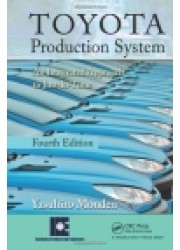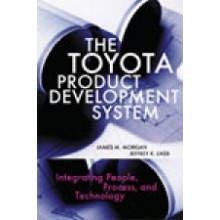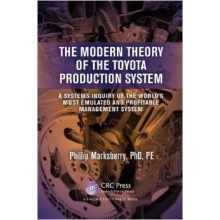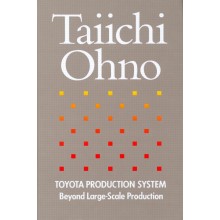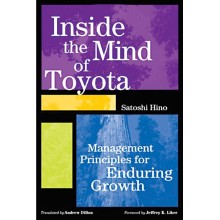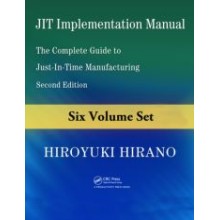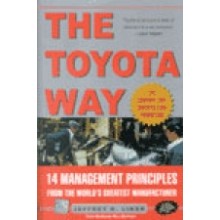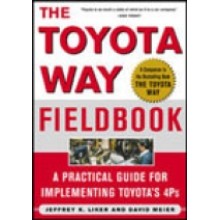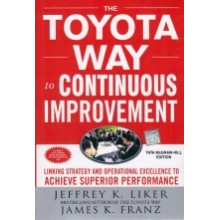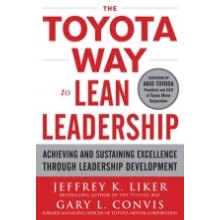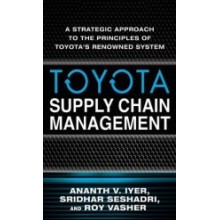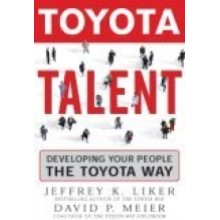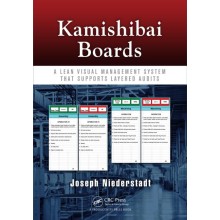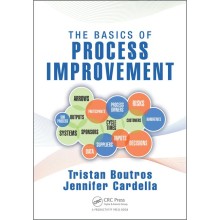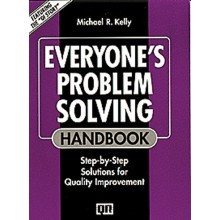Toyota Production System : An Integrated Approach to Just-In-Time, 4th Edition
Quantity:
-
Add to Compare
A bestseller for almost three decades, Toyota Production System : An Integrated Approach to Just-In-Time supplies in-depth coverage of Toyota's production practices, including theoretical underpinnings and methods for implementation. Exploring the latest developments in the Toyota Production System (TPS) framework at Toyota, this new edition updates the classic with new material on e-kanban, mini-profit centers, computer-based information systems, and innovative solutions to common obstacles in TPS implementation.
Yasuhiro Monden, instrumental in introducing the JIT production system to the United States, explains the logic and methodologies of the TPS. Extending the humanized aspect of production introduced in the third edition, Toyota Production System: An Integrated Approach to Just-In-Time, Fourth Edition explains how to cultivate the culture and way of thinking needed to establish the TPS holistically across your organization. Exploring the link between kaizen methods and calculation methods in TPS, this edition includes new chapters on:
- The goal of TPS
- One-piece production in practice
- Kaizen costing
- Material handling in an assembly plant
- Smoothing kanban collection
- Determination of the number of kanban
- New developments in e-kanban
- Cultivating the spontaneous kaizen mind
Following in the footsteps of its bestselling predecessors, the fourth edition provides easy-to-follow guidance for implementing the TPS in your organization. It explains how Toyota has adapted and reacted to recent fluctuations in demand, quality problems, and recalls. It also includes an appendix that considers the recent tsunami in Japan and investigates how to reinforce the JIT system to ensure supply chain flow during sudden stoppages at individual locations within the chain.
Foreword to The First Edition
Preface to The Fourth Edition
Preface to The Third Edition
Preface to The Second Edition
Acknowledgments
About the Author
Section 1 : Total System and Implementation Steps
Chapter 1 : Total Framework of The Toyota Production System
Chapter 2 : Implementation Steps for The Toyota Production System
Section 2 : Subsystems
Chapter 3 : Adaptable Kanban System Maintains Just-In-Time Production
Chapter 4 : Supplier Kanban and The Sequence Schedule Used by Supplier
Chapter 5 : Smjoothed Production Helps Toyota Adapt to Demand Changes and Reduce Inventory
Chapter 6 : The Information System for Supply Chain Management Between Toyota, Its Dealers, and Parts Manufacturers
Chapter 7 : How Toyota Shortened Production Lead Time
Chapter 8 : Machine Layout, Multi-Functional Workers, and Job Rotation Help Realize Flexible Workshops
Chapter 9 : One-Piece Production in Practice
Chapter 10 : Standard Operations can Attain Balanced Production with Minimum Labor
Chapter 11 : Reduction of Setup Time-Concepts and Techniques
Chapter 12 : 5S - Foundation for Improvements
Chapter 13 : Autonomous Defect Control Ensures Product Quality
Chapter 14 : Cross-Functional Management to Promote Company-Wide Quality Assurance and Cost Management
Chapter 15 : Kaizen Costing
Chapter 16 : Material Handling in an Assembly Plant
Chapter 17 : Further Practical Study of The Kanba n System
Chapter 18 : Smoothing Kanban Collection
Chapter 19 : Applying The Toyota Production System Overseas
Section 3 : Quantitative Techniques
Chapter 20 : Sequencing Method for The Mixed-Model Assembly Line to Realize Smoothed Production
Chapter 21 : New Sequence Scheduling Method for Smoothing
Chapter 22 : Computation of The Number of Kanban
Chapter 23 : New Developments in e-Kanban
Chapter 24 : Kanban Supporting Information Systems
Section 4 : Humanized Production Systems
Chapter 25 : Cultivating The Spontaneous Kaizen Mind
Chapter 26 : Improvement Activities Help Reduce The Workforce and Increase Worker Morale
Chapter 27 : Respect-for-Humanity Subsystem in The JIT Production System
Chapter 28 : Motivational and Productivity Effects of Autonomous Split-Lines in The Assembly Plant
Chapter 29 : Mini Profit Centes and The JIT System
Appendix : Reinforcing The JIT System after The Disasters
Bibliography and References
Index
Write a review
Your Name:Your Review: Note: HTML is not translated!
Rating: Bad Good
Enter the code in the box below:
Copyright © 2014 Engineering Standards Bureau. All Rights Reserved.
Developed By Zoom Into Web


